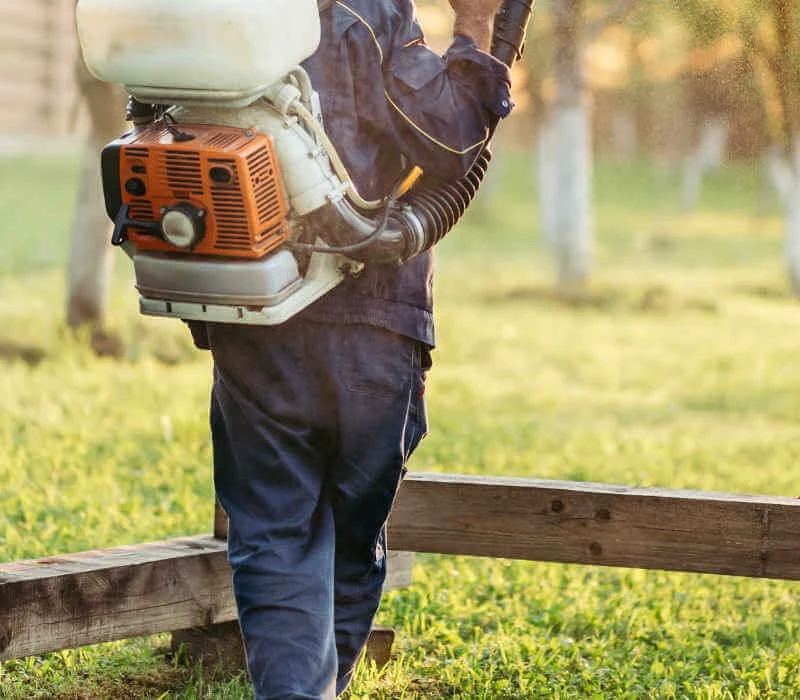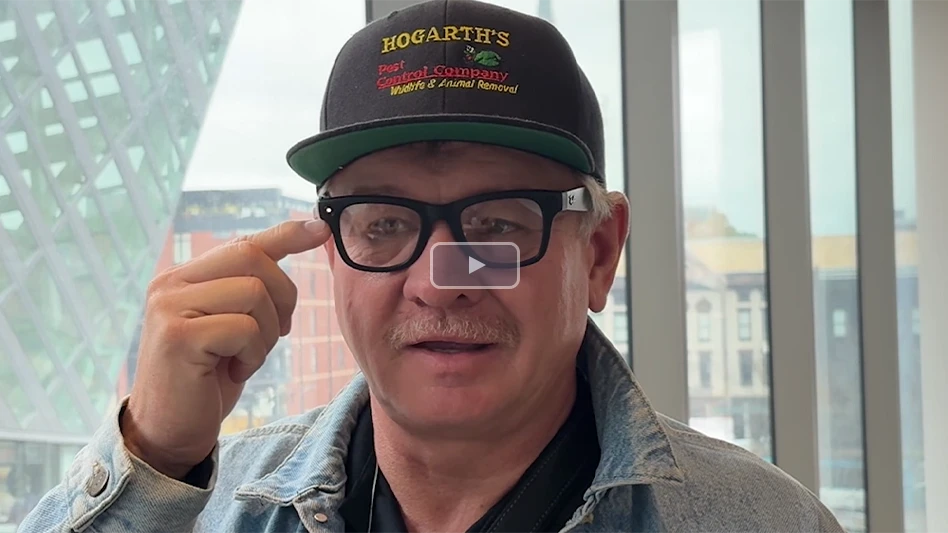
MGK
Backpack spraying and the use of misting systems are two of the most popular ways to treat for mosquitoes, according to PCOs interviewed by PCT. Both of these strategies have proven effective, but both are distinctly different.
A variety of factors should be considered when determining whether to offer backpack spraying, misting systems, or both, for mosquito control services.
Dauphin Ewart, CEO of The Bug Master in Texas, says backpack sprayers are what his company depends on for mosquito control. “Backpacks are effective, easy to maintain, and get you in at a good price point,” he said. But how do you know when to use a misting system? “The target market,” he says. “Misting is for high-pressure areas with a [customers who have] strong incomes.”
Del Lawson, vice president of Houston-based Modern Pest Control, agreed about the need for understanding your market. “If you’re in an upscale area misting may be the ticket for you,” he said, adding that “your team” is another important consideration. “Installing misting systems, while not inherently hard, requires creativity, and [your team] needs to work well with their hands because they can be fairly complicated.”
Charlie Sloan, service manager of St. Louis-based Amco Ranger Termite and Pest Solutions, says misting systems – while important – aren’t a fit for every company. Sloan’s company provides backpack services only. “We looked into misting at one point and what we couldn’t get passed was the ‘here and now,’" he said. “You have this system with quick knockdown, no residual and we felt through adulticides and IGRs we would be more in control of what we’re doing and not relying on a system. So, we’re spraying because you’re applying where they are harboring, or to where breeding sites may be.”
Mark Johnston, sales manager for ABC Home & Commercial Services, Austin, Texas, says both backpack suppression and misting systems have benefits. “So, with the backpack, the biggest benefit is you can control where you are putting the product. You can look at where mosquitoes hang out in shaded areas, heavy foliage and around the house and go treat those specific areas,” Johnston said. “Misting systems only treat those areas. That’s fine for an area with an ongoing issue, areas with heavy foliage and without wind and if they have ongoing issues. We have many customers who have both.”
Johnston reminded that no mosquito service is 100 percent effective and that PMPs need to stay true to IPM principles, including identifying and eliminating standing water (e.g., bird baths) and fixing structural issues like broken or damaged gutters. “You’re not going to eliminate all mosquitoes. They’re going to come back. Expect to see 70-80 percent control and three weeks later it’s wearing off and we get back there and knock them back down again.”
Latest from Pest Control Technology
- Texas PestVets Coat Drive Collects Over 850 Items for Soldiers’ Angels
- Conquer Ants Fast!
- Residential Customers More Aware of Green Products/Services, Poll Finds
- Father and Son Duo of Strib Pest Control Building Family Business in Growing Market
- Report Shows U.S. States, Counties Experiencing Highest Rodent Issues
- Tubbs Honored with GPCA Hall of Fame Award
- Mosquito Shield Named No. 1 Pest Control Franchise by Entrepreneur’s Franchise 500
- Moving Day for Oriental Cockroaches





